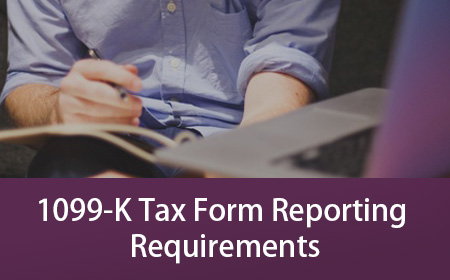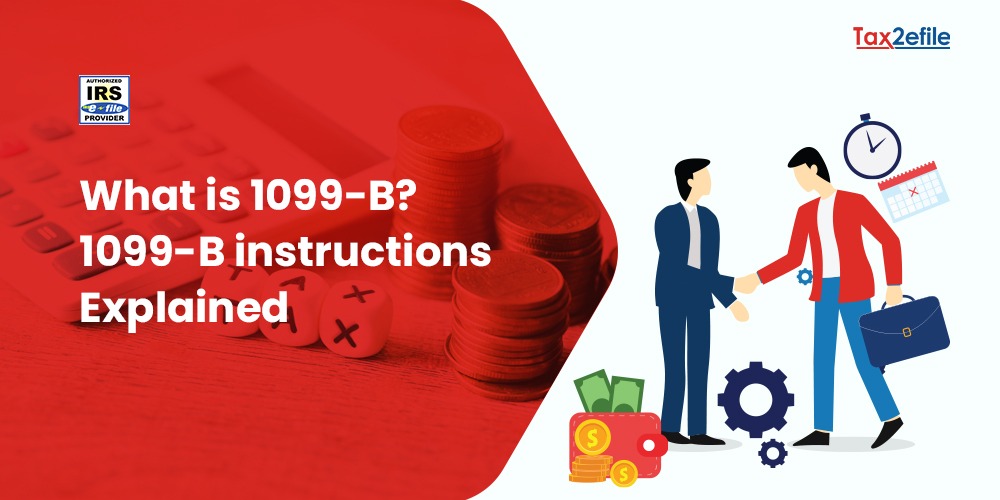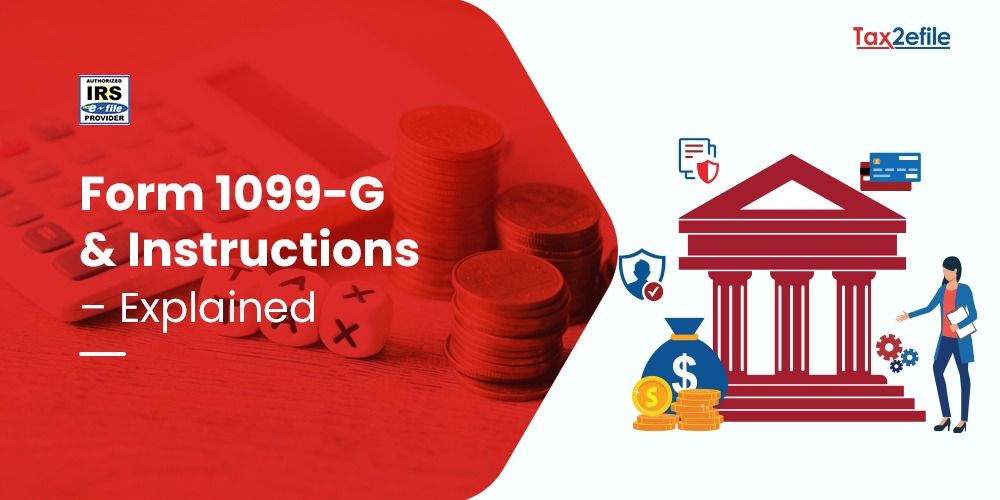- March 9, 2022

The IRS Form 1099-K of the United States refers to third-party transactions and is used for reporting payments that are received through payment card transactions such as credit card, debit card, and third-party network transactions. The payment processing organization sends a Form 1099-K to the recipient when there are more than 200 such transactions and the gross payment exceeds $20,000. Self-employed individuals and independent contractors can report 1099-K on Schedule-C of the federal tax Form 1040.
Table of Contents
Who receives Form 1099-K?
Those who have received payment from all payment card transactions and third-party network transactions above the threshold will receive Form 1099-K. Form 1099-K income is reported on Schedule-C. If there are any errors on the Form, such as SSN in place of the tax number of the business, we can request a corrected Form from the payment settlement entity.
If you have received payments from payment card transactions, including credit cards, prepaid cards, debit cards, etc, then you will receive Form 1099-K by January 31st. Settlement through third-party payment network transactions such as PayPal, Zelle, etc should also be reported with the IRS. The threshold for paying taxes from the tax year 2022 and beyond is when the gross payments exceed $600 for every single transaction with no transaction threshold. Until the year 2021, this minimum threshold was $20,000 for transactions that are more than 200.
The taxpayer will receive Form 1099-K from each of the payment settlement entities, from whom they have received income for the previous year, under the reportable payment transactions limit. This includes both payment card and third-party network transactions as well. The gross reportable payment amount will not include credit adjustments, cash payments, fees, refunded amounts, discount amounts, etc.
More about Form 1099-K
If the taxpayer has shared their credit with another partner in their business, their 1099-K Form will include the payment card transactions of the other individual as well, along with their payments.
Those who operate under a different business structure, such as converting from a sole proprietorship to a partnership, and continuing using the same card terminal, should note that the amount reported on the Form does not relate to the tax return of the new entity.
Those who have bought or sold their business during the tax year should include payments on transactions that are made either before they have purchased or sold the business.
Taxpayers should make sure that the business income that is reported on their tax return correlates with the amount that is prescribed on Form 1099-K. Taxpayers should check their payment card receipts and merchant statements to make sure that the amount entered in the Form is accurate. It is also important to check the SSN, TIM, and other details before submitting to ensure it is not rejected by the IRS. The best way to file the Form without errors and within the prescribed time frame is to e-file Form 1099-K with credible service providers such as Tax2efile. They help with accurate and on-time tax filing, avoiding the hurdles of late filing and related penalties. If you are filing an electronically 1099-K form then the due date will be March 31st during the tax year.


